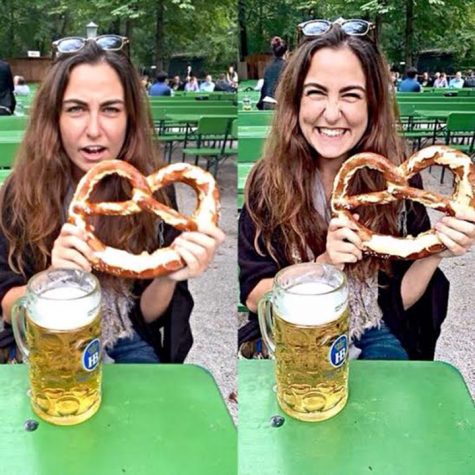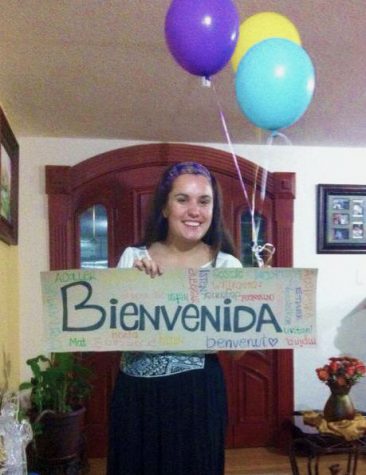DURBAN: Reflections (Part III)
Last week we participated in the South African Social and Political Transformation Game. We (SIT students) were divided into different groups and assigned certain individuals to portray.
The first group was broken into the three parts of the African National Congress (ANC) tri-partite alliance. The ANC (the ruling political party that took power after the apartheid government was toppled), the Congress of South African Trade Unions (COSATU) (the largest collection of unions in South Africa), and the South African Communist Party (SACP) were each represented.
This specific alliance is beneficial to all three players. COSATU is able to have influence in legislation. SACP, which wouldn’t be able to survive as a party on its on, through this alliance it is able to still play an active role in politics. The ANC benefits from the amount of voters COSATU and SACP are able to rally during elections.
Other groups represented include the Democratic Alliance (DA) – a party that represents the majority of the white population and is ANC’s largest opposition. The DA hasn’t come to power because it lacks the black vote and has thus far failed to connect to the part of the black population that is becoming disenchanted with the ANC.
Agang (an African word which can be interpreted to mean “Build South Africa” in English) was also represented. Currently Agang is a political platform (not yet a party) championed by Mamphela Ramphele. Ramphele was the partner of Steve Biko, an anti-apartheid activist who was killed after being taken into police custody in 1977. Agang doesn’t yet have name recognition, but if campaigning attempts succeed Agang may soon be another opposition to the ANC that would be able to capture the black vote.
Other students portrayed four players in big business including a representative from the financial sector, energy, Mr. Price (the equivalent of Wal-Mart in South Africa), and a representative from the African Rainbow Minerals mining company.
Four players in civil society included the public protector (who is responsible for fighting corruption), Section 27 (a non-governmental organization that refers to section 27 in the constitution which guarantees all South African’s socio-economic rights), Shack African Shack Dwellers Movement (which campaigns to improve the housing conditions of poor people), and Paul Hoffman (the director of the Institute for Accountability in Southern Africa.
During the game we all had to interact and try to understand the complexity of South African politics. I was a representative of COSATU, and I portrayed Irvin Jim (the secretary general of the National Union of Metalworkers in South Africa (NUMSA), one of the largest unions that belongs to COSATU).
Throughout the game I realized quite a lot of things about South African politics. As part of COSATU, I began to realize the strained relationship COSATU and other organizations have with the ANC. Recently the ANC has been criticized for corruption and large failures such as South Africa’s educational system, unemployment rate, lack of housing, and continuing socio-economic disparages.
I also realized the nearly impossible take of receiving corrupt free funding from big business, pleasing civil society, and not forgetting to represent COSATU and NUMSA’s constitutes along the way. By the end of the game I had a much more comprehensive picture of South African politics (it probably wouldn’t be inaccurate to say my understanding of South African politics may have very well surpassed my knowledge of United States politics).
South African’s politics are still evolving. Less than two decades into democracy, the ANC still remains the most popular political party. Although the future of opposition parties in South Africa is unknown, in order for South Africa’s democracy to prevail the ANC must not be guaranteed the majority vote.




